
Roots
Consider, for a moment, the whisper of centuries, carried not on wind, but within each kink and coil, each wave and ripple of textured hair. It is a profound inheritance, etched into our very being. This journey into hair’s past, a deep remembrance, asks if the wisdom practiced by our forebears holds a mirror to what contemporary science now charts with precision. Is it a mere coincidence that their tender hand, guided by intuition and observation across generations, so often aligns with the molecular truths revealed today?
We are seeking validation not for ancient wisdom itself, for its power is self-evident in the vibrant continuity of our heritage , but for the bridge that connects the two epochs of understanding. This exploration is an invitation to witness the convergence, to feel the resonance of ancestral methods in the hum of modern discovery, all within the sacred archive of textured hair.

Hair’s Elemental Blueprint
The very architecture of textured hair, from its elliptical shaft to the density of its disulfide bonds, speaks a language unique to its form. Ancient communities, without microscopes or chemical assays, observed its behavior, its thirst, its strength, and its vulnerabilities. They understood, through generations of direct interaction, that this hair possessed properties different from straighter strands, requiring distinct care. This ancestral knowledge formed the earliest, most intimate understanding of hair’s anatomy and physiology, a wisdom born of necessity and deep attention.
Long before electron microscopes dissected the cuticle layers, or mass spectrometry identified specific amino acid sequences, our ancestors, across diverse African civilizations, knew that certain leaves, barks, and oils brought distinct advantages to their tresses. They recognized, for instance, the way certain plants, when brewed and applied, would cleanse without stripping, or how specific animal fats could seal moisture into a thirsty coil. This practical, experiential understanding of the hair’s structure and its needs, rooted in countless trials and passed down through oral traditions, laid a foundational ‘codex’ of textured hair care. It speaks to a profound observational science that flourished long before the advent of the Western scientific method.
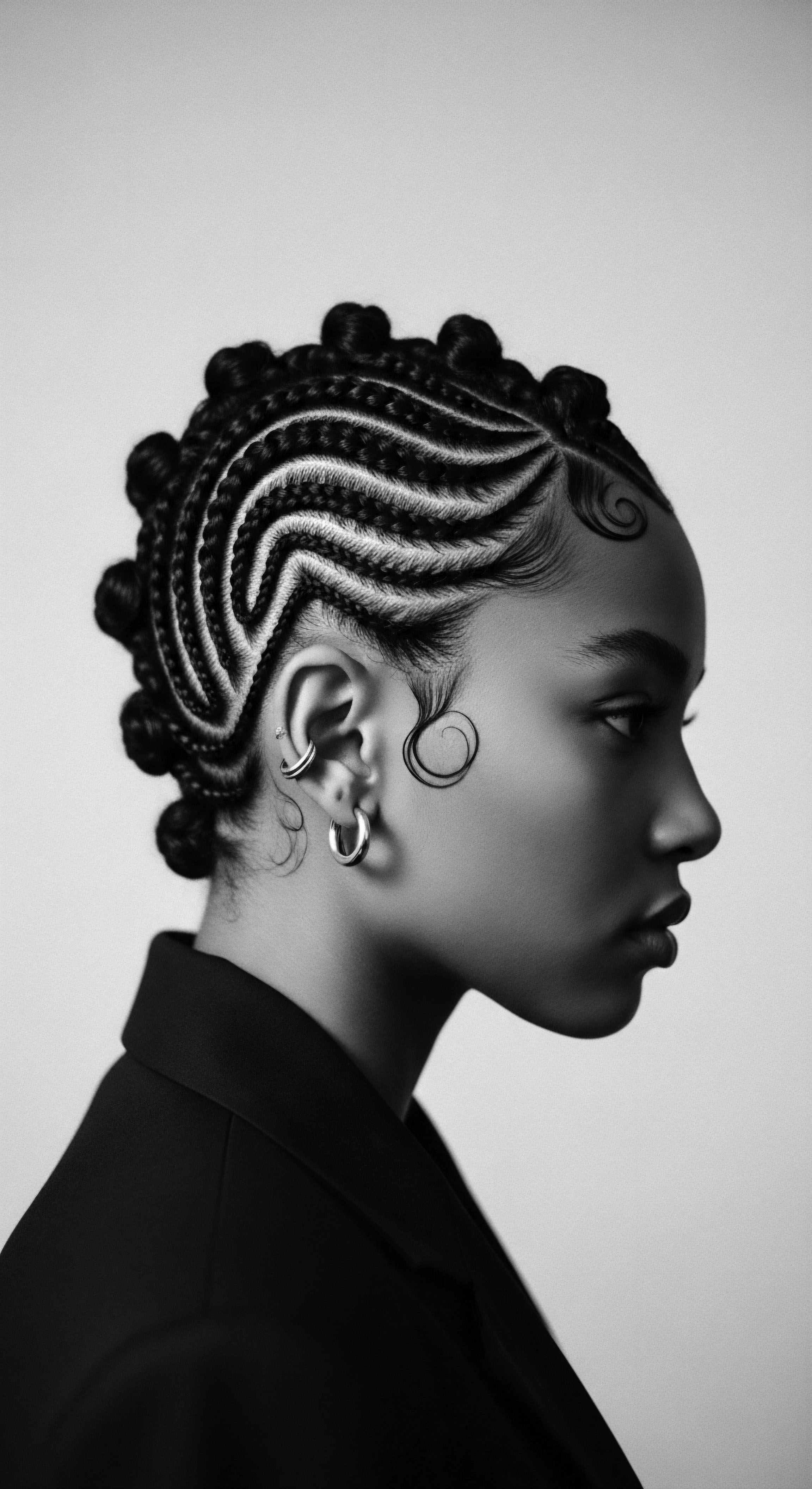
Classifying Curls and Coils Through Time
While modern hair typing systems (like those popularised by Andre Walker or Lorraine Massey) attempt to categorise curl patterns numerically, indigenous societies often possessed their own, more fluid, and culturally integrated systems of classification. These systems were not merely about visual pattern; they encompassed the hair’s feel, its response to moisture, its ability to hold styles, and its significance within communal identity.
Ancient observations of hair characteristics, though lacking scientific terminology, reveal a profound, empirical understanding mirroring modern anatomical insights.
For example, among various West African groups, hair was often described with terms that related to natural phenomena—the tight spirals of a ram’s horn, the intricate weave of a basket, the gentle flow of a river. These descriptive frameworks were less about rigid categorization and more about qualitative, lived experience, deeply tied to the hair’s role in expressing social status, age, or spiritual connection. These terms, while poetic, served as functional descriptors for guiding specific care practices. Modern trichology confirms the varied cross-sectional shapes and protein distributions that define diverse curl patterns, aligning with the observed differences in resilience and moisture needs long noted by these ancestral systems.

An Ancestral Lexicon
The language surrounding hair care in ancient communities was rich, not with chemical compounds, but with terms for natural ingredients, ritualistic actions, and the tools crafted from the earth.
- Shea Butter ❉ Known in many West African languages (like Kare in Hausa or Ori in Yoruba) for its moisturizing and healing properties, a practice now supported by its rich fatty acid profile.
- Chebe Powder ❉ Used by Chadian women (called Missick in the local language) for strengthening hair and preventing breakage, its efficacy attributed by contemporary analysis to its fortifying saponins and conditioning agents.
- Fenugreek ❉ Revered in ancient Egyptian and Indian traditions, it was called Methi in Sanskrit and used for hair growth and scalp health, aligning with modern research into its proteins and nicotinic acid.
These terms represent not just ingredients, but entire philosophies of care, deeply intertwined with the hair’s spiritual and social roles. Modern science, in dissecting these traditional remedies, often finds a chemical basis for the observed benefits, thereby affirming the empirical wisdom embedded within these ancestral lexicons. The naming conventions of antiquity, though less formal than today’s scientific nomenclature, provided a precise, practical guide for hair well-being, passed down as a precious element of heritage .

Ritual
The hands that braided, twisted, and oiled in ancient times were engaged in more than mere beautification; they were performing acts of preservation, community building, and identity sculpting. The question before us considers if these daily and ceremonial practices, steeped in profound heritage , align with the contemporary scientific understanding of hair health and structural integrity. The answer, often, is a resounding affirmation. Ancient rituals were, in essence, practical applications of scientific principles, understood through observation and honed by experience across generations.

Protective Styling Through Time
From the intricately braided coiffures of ancient Egyptian nobility to the elaborate threaded styles of Yoruba priestesses, protective styling has always been a cornerstone of textured hair care. These styles, which tuck away the hair ends and minimize manipulation, served not only as markers of status or identity but also as crucial mechanisms for retaining length and preventing breakage. Modern hair science confirms the efficacy of these methods.
The science behind protective styles is straightforward ❉ reduced exposure to environmental aggressors (sun, wind), decreased mechanical stress from daily combing and styling, and superior moisture retention within the tucked strands. In contemporary trichology, these are foundational principles for managing breakage and promoting healthy hair growth for textured hair types, which are inherently more fragile at their points of curvature due to the irregular distribution of cuticular cells. The ancestral mastery of braiding, twisting, and locking techniques, which can evenly distribute tension and minimize stress on the hair follicle, speaks directly to a deep, intuitive understanding of biomechanics.
| Traditional Practice Intricate braiding (e.g. Cornrows, Nubian knots) |
| Contemporary Scientific Principle Minimized manipulation, reduced breakage, enhanced length retention. |
| Traditional Practice Hair threading (e.g. Yoruba threading) |
| Contemporary Scientific Principle Low-tension stretching, heatless elongation, cuticle smoothing. |
| Traditional Practice Oiling scalp and strands during styling |
| Contemporary Scientific Principle Moisture sealing, lubricated cuticle, reduced friction. |
| Traditional Practice The enduring utility of ancestral styling methods rests on empirically derived benefits for textured hair vitality. |
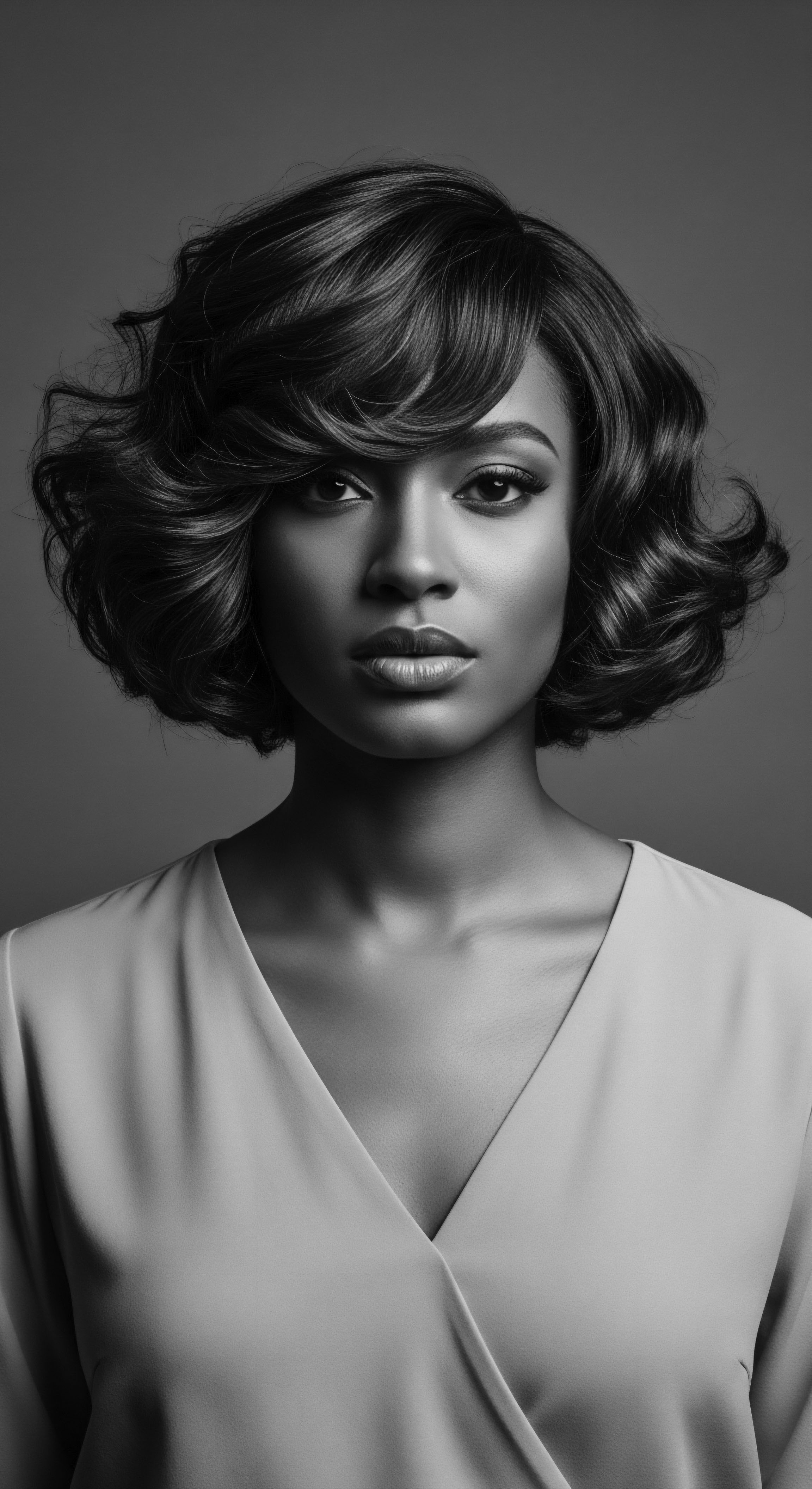
Tools for Hair’s Well-Being
The toolkit of ancient hair care was simple yet effective, crafted from readily available natural materials. Bone combs, wooden picks, and natural fiber threads were not merely instruments; they were extensions of an intimate knowledge of hair’s needs.
Consider the wide-toothed wooden comb. Its gentle glide through coiled hair, a practice likely dating back millennia, minimized snagging and breakage. Modern hair care advocates the same principle ❉ wide-tooth combs or finger-detangling to preserve the integrity of fragile curls.
This ancient tool, perfected through generations of use, reduced friction and distributed detangling force, preventing micro-fractures along the hair shaft. This alignment speaks volumes about the observational rigor inherent in ancestral care practices .
Ancient styling methods were not merely aesthetic but served as sophisticated protective strategies, their effectiveness now affirmed by modern hair science.
Beyond combs, specific cultural contexts developed specialized tools. The use of natural fibers for hair threading in various West African cultures, for instance, allowed for heatless elongation and straightening. This technique, a meticulous art, gently stretched the hair, reducing its tendency to revert and creating a smoother surface.
From a scientific viewpoint, this process mechanically elongates the hydrogen bonds within the hair cortex without applying damaging heat, thus preserving protein structure—a precursor to modern heatless stretching methods. The materials, the methods, the results—all point to an intuitive understanding of hair’s physical properties.
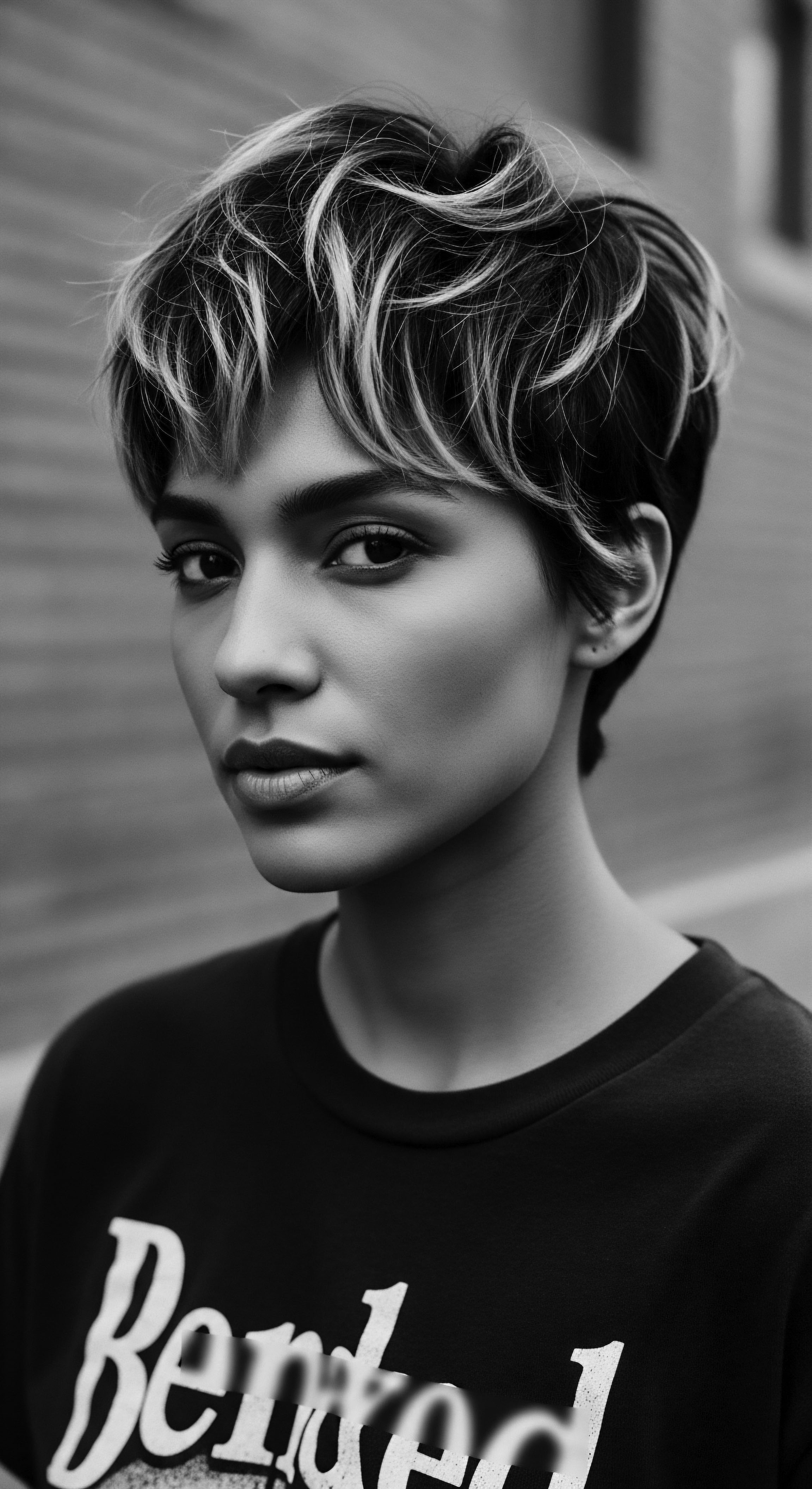
Do Heat Styling Methods Echo Past Practices?
While modern heat styling often involves high temperatures and chemical treatments, certain ancestral practices employed gentle, indirect heat or steam for styling. The use of warm oils or herbal infusions, sometimes heated over low embers, provided a form of deep conditioning and malleability. This differs markedly from contemporary flat irons or curling wands, yet it reveals an understanding that heat, when used judiciously, could aid in styling and absorption.
Traditional steaming techniques, where hair was exposed to the steam from boiling herbs, offered moisture and softness, making detangling easier. This is akin to modern steam treatments, which open the hair cuticle to allow for deeper conditioning. Such ancient methods, though lacking precise temperature controls, nonetheless demonstrate a keen awareness of how temperature affects hair’s porosity and elasticity—a practical application of biophysical principles long before the terms existed. This aspect of ancient hair care highlights a nuanced understanding of hair manipulation, a subtle yet powerful contribution to our collective hair heritage .
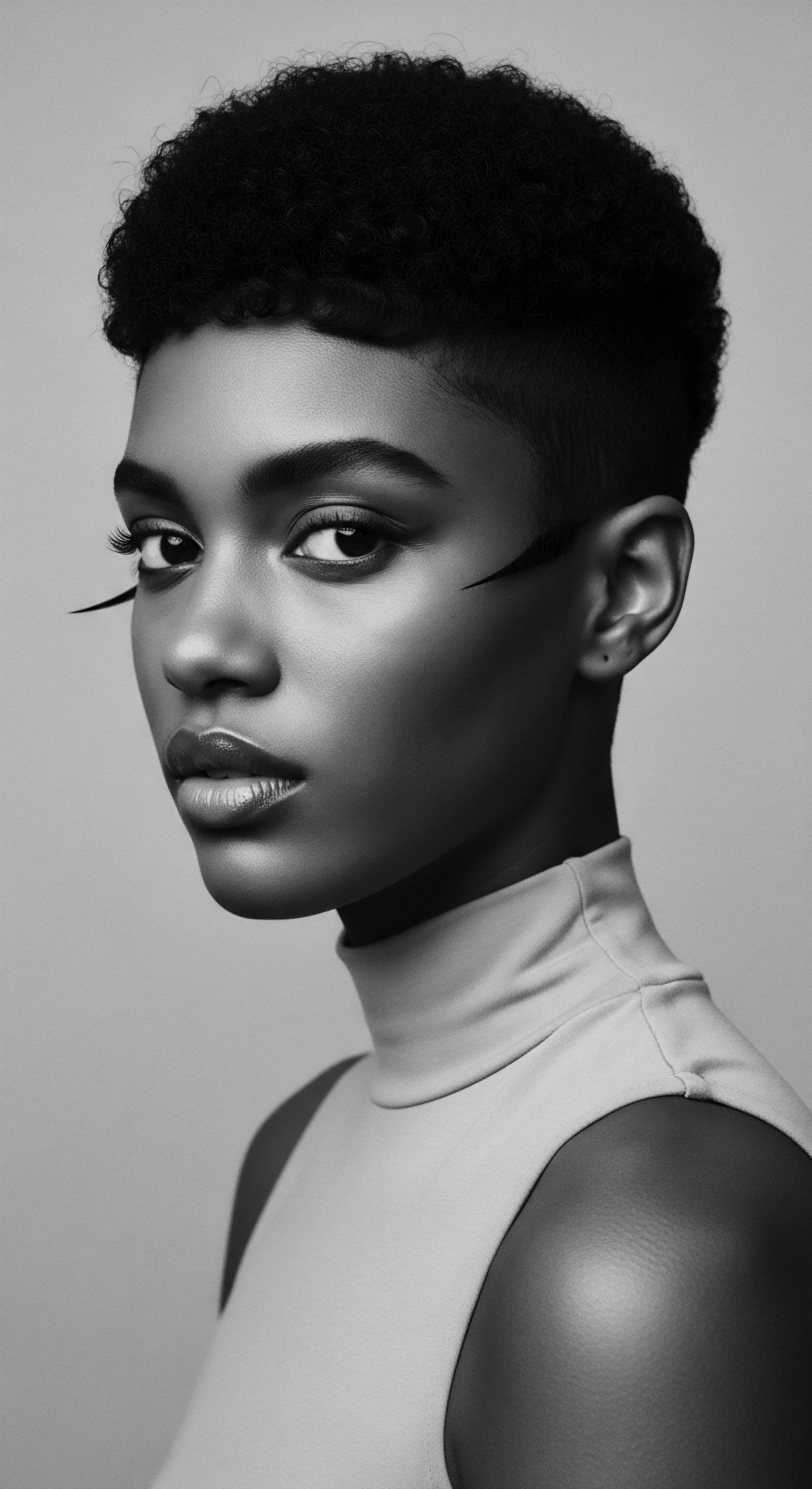
Relay
The profound connection between ancient hair care practices and contemporary scientific understanding finds its clearest articulation in the realm of holistic care. It is here that the seamless continuum of knowledge becomes apparent, where the whispered remedies of great-grandmothers often find themselves echoed in the latest peer-reviewed journals. This is not merely a parallel; it is a relay race of wisdom, where ancestral ingenuity passes the baton to modern analytical rigor, each validating the other in a shared pursuit of hair well-being rooted in a deep heritage .

Building Regimens from Ancestral Blueprints
The concept of a “regimen”—a structured approach to hair care—is not a modern invention. Ancient communities, often dictated by climate, available resources, and cultural significance, developed systematic routines for their hair. These practices, though varied, consistently involved cleansing, moisturizing, and protecting, reflecting an intuitive understanding of the hair’s fundamental needs for sustenance and resilience.
For example, in many parts of ancient Africa, hair washing was often linked to specific lunar cycles or seasonal changes, using plant-based cleansers like soapwort or the mucilaginous extracts of certain berries. These natural surfactants and emollients effectively removed impurities without stripping the hair of its vital oils, a principle actively sought in sulfate-free shampoos today. The deep conditioning that followed, often with naturally occurring oils or fermented rice water, aimed to replenish moisture and strengthen the strands.
This methodical, cyclical approach to care, inherited over generations, speaks to an early recognition of the hair’s delicate balance and its cyclical needs. It truly highlights the ancestral wisdom underpinning contemporary regimen concepts.

Night’s Sanctuary ❉ Head Coverings and Their Legacy
The practice of covering hair at night, now a staple for many with textured hair, is a deeply ingrained ancestral tradition. From simple cloth wraps in ancient Egypt to the elaborate headwraps worn across various West African communities, these coverings served a dual purpose ❉ cultural adornment and practical hair protection. Scientifically, this practice is a remarkably effective strategy for preserving moisture and preventing mechanical damage.
From herbal infusions to protective head coverings, ancestral care reveals sophisticated, holistic understanding of hair health that predates modern scientific terminology.
The friction between hair and absorbent surfaces like cotton pillowcases leads to moisture loss and cuticle damage, causing tangles, frizz, and breakage—issues acutely experienced by porous, textured strands. Silk or satin, now recommended by trichologists for their smooth surfaces, minimize this friction, thereby maintaining hydration and cuticle integrity. While ancient peoples likely did not understand the exact tribological properties of silk, their observation that certain smooth fabrics prevented knotting and preserved styles was a powerful empirical finding.
This historical continuity underscores a powerful example of ancient practices validating contemporary scientific understanding of hair fiber mechanics. The legacy of bonnets and wraps is not merely stylistic; it is a functional inheritance.

Ingredients ❉ A Timeless Pharmacopoeia
The pharmacopoeia of ancient hair care was the natural world itself. Oils, butters, clays, and herbal infusions were carefully selected for their perceived benefits. Modern scientific analysis frequently confirms the biochemical efficacy of these traditional ingredients.
- Coconut Oil ❉ Used across various tropical regions for centuries, its molecular structure (primarily medium-chain fatty acids like lauric acid) allows it to penetrate the hair shaft, reducing protein loss before and after washing, a finding extensively documented in contemporary research (Rele & Mohile, 2003).
- Aloe Vera ❉ Valued in ancient Egyptian and Mesopotamian civilizations for its soothing and moisturizing properties, it contains proteolytic enzymes that repair dead skin cells on the scalp, acting as a great conditioner and leaving hair smooth and shiny, validated by its rich content of vitamins, enzymes, and minerals.
- Rhassoul Clay ❉ Originating from the Atlas Mountains of Morocco, it was used for centuries as a natural cleanser and conditioner. Its high mineral content (magnesium, silica, potassium, calcium) helps to detoxify the scalp and hair, absorbing excess oil without harsh stripping, aligning with contemporary understanding of mineral-rich absorbents.
The discerning selection and application of these natural compounds reflect a sophisticated, albeit unarticulated, grasp of phytochemistry. The consistent use of specific plants for specific hair concerns, refined over millennia, provides powerful empirical data that modern science now systematically unpacks. The resilience of these ingredients in contemporary hair formulations speaks directly to their enduring, validated effectiveness.
| Ancient Ingredient/Practice African Black Soap (Alata Samina) |
| Observed Ancestral Benefit Gentle cleansing, scalp clarity |
| Contemporary Scientific Mechanism Plantain skins and cocoa pods provide saponins; shea butter moisturizes. |
| Ancient Ingredient/Practice Moringa Oil (Ben Oil) |
| Observed Ancestral Benefit Hair strengthening, shine, scalp health |
| Contemporary Scientific Mechanism Rich in oleic acid, antioxidants, and vitamins (A, C, E), providing nourishment. |
| Ancient Ingredient/Practice Hot Oil Treatments (various traditions) |
| Observed Ancestral Benefit Deep conditioning, reduced breakage, improved elasticity |
| Contemporary Scientific Mechanism Heat aids penetration of oils, sealing cuticles and fortifying the hair shaft. |
| Ancient Ingredient/Practice The enduring utility of ancestral ingredients for hair vitality is consistently affirmed by modern scientific discovery. |

Unraveling Hair’s Challenges
Ancient communities also developed solutions for common hair concerns—dryness, breakage, and scalp irritation—without the aid of modern diagnostics. Their approaches, often holistic, sought balance within the body and nature.
For instance, traditional African medicine often linked hair health to internal well-being, prescribing dietary changes alongside topical applications. Consumption of nutrient-rich foods, particularly those high in healthy fats and proteins, was understood to support overall vitality, including robust hair growth. This aligns precisely with modern nutritional science, which identifies deficiencies in key vitamins (like biotin, vitamin D) and minerals (like iron, zinc) as contributors to hair thinning and loss. The observation that a healthy body yielded healthy hair was a powerful, long-held truth, a testament to the intuitive understanding of interconnectivity.
This is a profound example of how ancient practices validate modern scientific insights, revealing a continuous thread of wisdom in our textured hair heritage . The wisdom of the past, in this context, is not merely anecdotal; it is deeply, intuitively scientific.
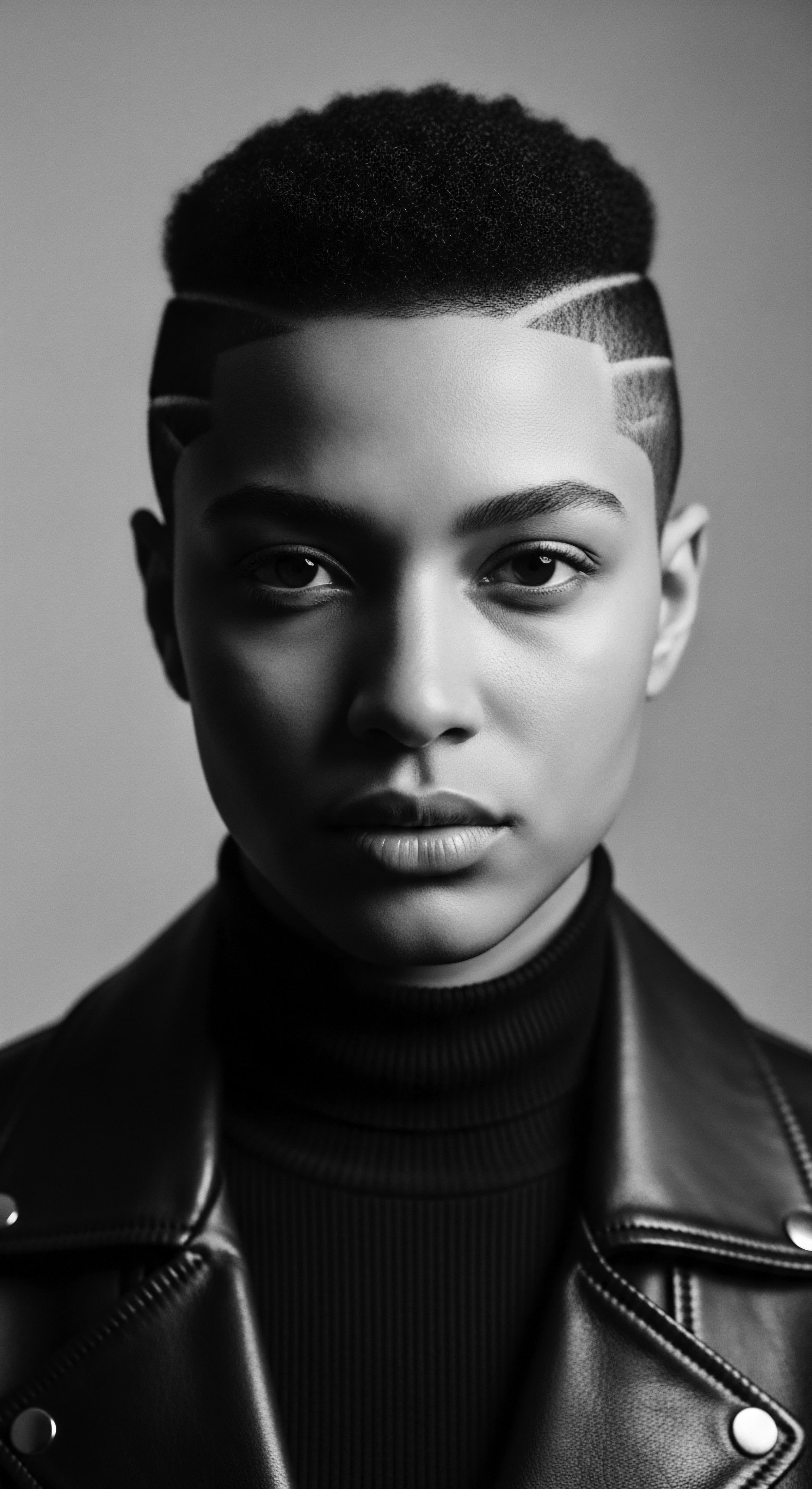
Reflection
The journey through hair’s deep past, from the elemental structure of a single strand to the intricate rituals that sustained its vibrancy, reveals a truth both simple and profound ❉ the wisdom of our ancestors, passed down through the tender hand of heritage , often presages the very insights that contemporary science now meticulously validates. It is not a question of ancient knowledge being inferior, but rather a testament to its observational genius. The practices that adorned and protected textured hair across millennia—the meticulous braiding, the intentional application of plant-derived oils, the strategic covering of coils at night—were, in essence, early forms of applied science, honed by generations of experiential learning.
This understanding casts a luminous glow upon our textured hair heritage . It reminds us that our rituals are not quaint relics but living archives of ingenuity, embodying principles of care that stand the test of time and scientific scrutiny. Each strand, therefore, becomes a whispered story, a testament to resilience, a physical manifestation of a continuous thread of knowing. As we look forward, guided by both ancestral wisdom and modern discovery, we recognize that the future of textured hair care is not a departure from its past, but a respectful continuation, a deepening of appreciation for the enduring ‘Soul of a Strand’—a soul that has always known its own beautiful truth.

References
- Rele, A. S. & Mohile, R. B. (2003). Effect of mineral oil, sunflower oil, and coconut oil on prevention of hair damage. Journal of Cosmetic Science, 54(2), 175-192.
- Burgess, C. (2018). African American Hair Care ❉ Current Trends and Traditional Practices. Dermatology Clinics, 36(1), 1-12.
- Mintel (2020). Black Consumers and the Haircare Market. (Note ❉ While often a market report, this type of report synthesizes consumer trends often reflective of historical practices).
- Draelos, Z. D. (2010). Hair Cosmetics ❉ An Overview. Journal of Cosmetic Dermatology, 9(3), 199-204.
- Robbins, C. R. (2012). Chemical and Physical Behavior of Human Hair (5th ed.). Springer.
- Holder, M. & Vlahov, K. (1998). African American Women’s Health and Hair. Journal of National Black Nurses’ Association, 10(1), 44-55.
- Jackson, A. (2017). The Science of Black Hair ❉ A Comprehensive Guide to Textured Hair. (Self-published, often cited in discussions of hair science for textured hair).
